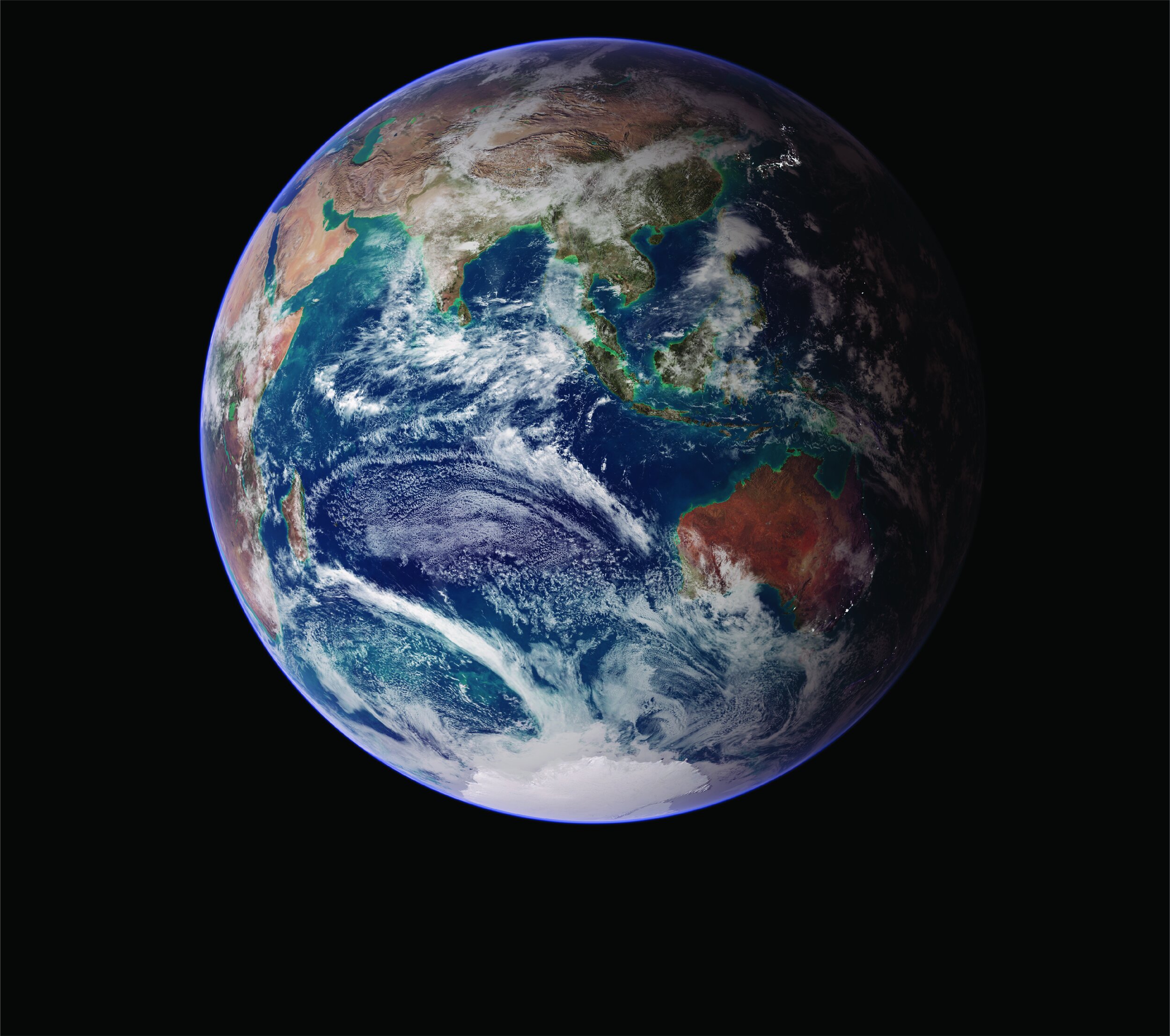
Explore our planet’s history from the beginning
Latest Episodes
Today is a tale of two sisters: limestone and dolomite. Limestone is far more popular and well-behaved, one of the most common stones in nature and in architecture. Dolomite, though similar in many ways, is one of the most difficult rocks to make on Earth. Even dolomite’s name is a bone of contention. Today, we introduce both siblings to the show as we move forward in time, 3.75 billion years ago. Along the way, I’ll give you a real experiment to try in the kitchen and we’ll smash some stones together.
Extra Credit: Try today’s kitchen experiment, find some limestone around you, or get some calcium in your diet (dairy, leafy greens, or tofu).
There is a rock that should be incredibly easy to form in theory, but is incredibly difficult to make in reality. Scientists have sat in labs waiting decades for crystals that never grow. The oceans should be full of the same crystals, but not so. Today, we learn about The Dolomite Problem, a paradox that has taken two centuries to crack. In 2023, scientists think they’ve finally found the solution.
Extra Credit: Eat some citrus, find some Epsom salt, or sniff some swamp gas.
Many folks have claimed to find Earth's oldest fossils in the Greenland rocks, 3.7 billion years old. Before we meet and judge these contenders, we need to learn what counts as a fossil. This early in Earth history, nothing has any bones or teeth or shells, so researchers need to search for other clues. Today, I'll show you four ways to look for fossils in Earth's oldest rocks, including my personal field of study: fossilized bacteria.
Extra Credit: Find different types of organic carbon in your day, or eat a burger.


